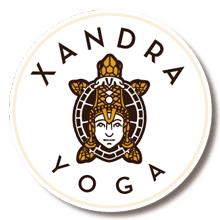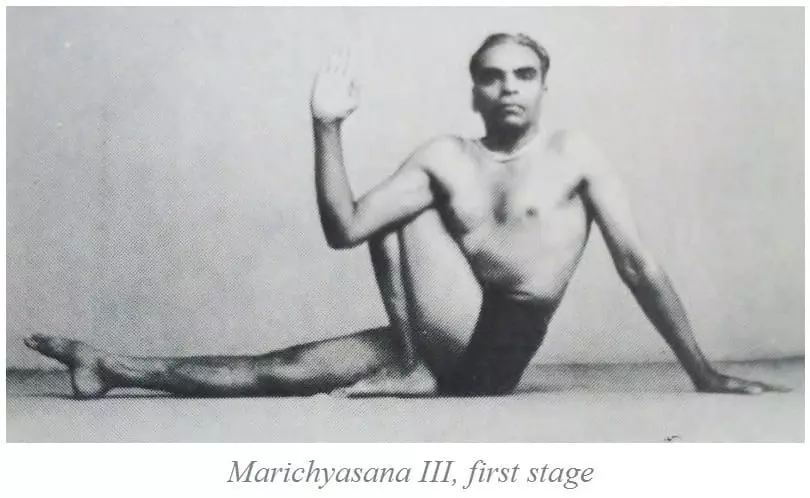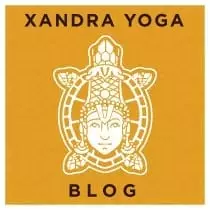Seated Yoga pose.
Level : Beginner with a variation. Intermediate and advanced.
Family : Hips opener and shoulder, twisting pose.
From Dandasana, bring the right foot toward the right sit bone. The right foot is not completely « glued » to the left inner tight. You can place « one fist distance » between the two legs.
The right heel is not touching the right sitbone.
This asana is a deep twisting, when the left arm is wrapping the right knee, the torso will be twisting on the right side.
In Ashtanga Yoga Vinyasa practice, the head is facing back, dristhi is the side, « Parshva Dristhi ».
BKS Iyengar is showing another way of doing it. Even though he is twisting on the left side, head is front and drishti is toward the nose, « Nasagra Drishti ».
Actions
Arm wrapping below the knee, is pressing the knee inward while the knee is pushing outward. Creating two oppositions, helping for a better twisting and facilitating the anchor.
As always, the foot is pressing against the floor, helping the spine to rise up.
Torso is twisting from the navel.
Arms and shoulders will be helping during the rotation. The arm wrapping back will have its shoulder pressing backward.
It is better to keep both sit bones firmly anchored on the floor, however you can explore the asana by lifting the side twisting.
Hips openers and Shoulders
Once again, this asana is showing that hips opening is not only about doing a split.
This asana works as well the flexibility of the shoulders and by it give a good opening to the upper body.
It is a very good posture to prepare all kind of backbends.
Very helpful for Urdhva Dhanurasana, Dhanurasana, Setu Bandhasana.
One of the thing that is limiting backbends is a lack of flexibility of the shoulders. All asana having a twist using the wrapping, are very good to open the chest and give good flexibility to the scapular, shoulder, region. It does help a lot for all thoracic opening.
Marichyasana C will also be helpful for Sarvangasana, when students are not able to bring the elbows aligned with the body before lifting up.
A Yoga Belt
If your class is designed on how to work and explore all movement through yoga belt and bricks, then why not.
If a student is a real beginner without any flexibility at the shoulder joint, the use of the yoga belt might be useless. The student will be happy to catch the belt from the other side, and will feel a seamless twisting, however the upper body will be rounded and he will be probably seating behind the sit bone, right onto the sacrum.
In that particular case, it is better to work first the hips opening, by guiding your student to sit on the sit bone, back straight.
Once the base has been established, then slowly start to introduce the wrapping.
However, you can also start working the shoulder flexibility with a big variation of this asana.
Use the same base, left leg straight on the floor, right knee bend. Bring both hand behind the back using the Anjali Mudra. This will open the upper body and will work the stability of the pelvis deep inside from the core (belly and back).
The use of Yoga Belt on a long time of practice is like using « crutches » to walk.
It is like looking on how to do a yoga pose from the book, instead of searching within yourself. How do you feel it?
Behind the asana practice is hiding the idea of becoming autonomous and free, physically and mentally speaking.
Outside of a Yin or Iyengar class, having all propos on yoga mat such as bolter, bricks, yoga belt will minimise your chance of thinking « eventually I can do it on my own« .
Minimalism is the key. Remove everything that distract you.
Have a good practice,
Namaste!



